The Lost Art of Meat Curing: Reviving a Family Tradition
Curing meat has been a fundamental way to preserve food for centuries, long before refrigeration made it easier to keep meat fresh.
For my family, this tradition has been passed down through generations, but as I reflect on the future, I realize it might end with me. Once I’m gone, the knowledge, the technique, and the patience required to cure meat may vanish with me. While it may be seen as a thing of the past, I hope to preserve this method one last time, for anyone who wants to keep this timeless skill alive.
The Art of Meat Curing
Meat curing is the process of preserving and flavoring meat by using salt, sugar, nitrates, and time. It’s an ancient practice that has evolved over thousands of years, yet the basics remain the same. With the right blend of seasonings and patience, you can transform a piece of meat into something that lasts longer, tastes richer, and becomes part of culinary history.
Recipe: Basic Salt-Cured Meat (Dry Cure)
Yields: Varies depending on the size of meat
Prep Time: 30 minutes
Curing Time: 7-14 days (depending on thickness and weight of the meat)
Ingredients:
- 5 lbs of pork belly, beef, or any meat you want to cure
- 1 ½ cups kosher salt
- ½ cup brown sugar (or white sugar)
- 1 tablespoon black pepper
- 1 tablespoon garlic powder
- 1 tablespoon onion powder
- 1 teaspoon curing salt (Prague Powder #1) – optional for long-term preservation
Optional Flavor Add-ins:
- Crushed red pepper flakes for heat
- Fresh or dried herbs like thyme, rosemary, or bay leaves
- Smoked paprika for a smoky flavor
Step 1: Preparing the Meat
Start by selecting a quality cut of meat. Pork belly is often used for making bacon, while beef is used for bresaola or pastrami. Trim off any excess fat or gristle but leave enough fat to help with flavor and texture.
Step 2: Mix the Cure
In a large bowl, mix together the salt, sugar, pepper, garlic powder, onion powder, and any optional flavorings you like. If you plan on storing the cured meat for an extended period or want that signature pink color, add curing salt (Prague Powder #1).
Step 3: Apply the Cure
Rub the dry cure mixture thoroughly onto all sides of the meat, making sure it’s evenly coated. The salt will draw out moisture from the meat, which helps in preservation.
Step 4: Curing the Meat
Place the meat in a plastic or glass container. Cover and store it in the refrigerator. The curing process will take anywhere from 7-14 days, depending on the thickness of the meat. Turn the meat every day or two to make sure the cure is distributed evenly. You’ll notice liquid accumulating in the container—this is normal, as the salt pulls moisture out.
Step 5: Finishing the Cure
After the curing period, rinse the meat under cold water to remove excess salt. Pat it dry with paper towels.
At this point, the meat can be smoked, cooked, or air-dried, depending on your final goal. For example, you can smoke pork belly to make bacon or hang beef to make a cured delicacy like bresaola.
How to Store Cured Meat
Once cured, the meat can be kept in the fridge for several weeks or frozen for several months. If you’ve used curing salt and dried the meat thoroughly, it can even be stored at room temperature in a cool, dry place for longer preservation.
A Tradition Slowly Fading
For generations, curing meat was not just a method of preservation—it was a way of life. It brought families together, required patience, and ensured that nothing went to waste. In my family, this tradition has been passed down, but as I look around today, I realize that fewer people know the art of curing meat. When I’m gone, it may very well disappear from my family entirely.
But that doesn’t mean the tradition has to die.
By sharing this process, I hope to keep it alive, even if only in small pockets of kitchens around the world. Curing meat is an art form, one that takes time, care, and a connection to the past. If you give it a try, you’ll not only taste the difference—you’ll feel the history behind it.
Before this tradition fades, give it a try in your own kitchen. You may just find yourself hooked on the process—and if we’re lucky, the art of curing meat will live on for another generation.




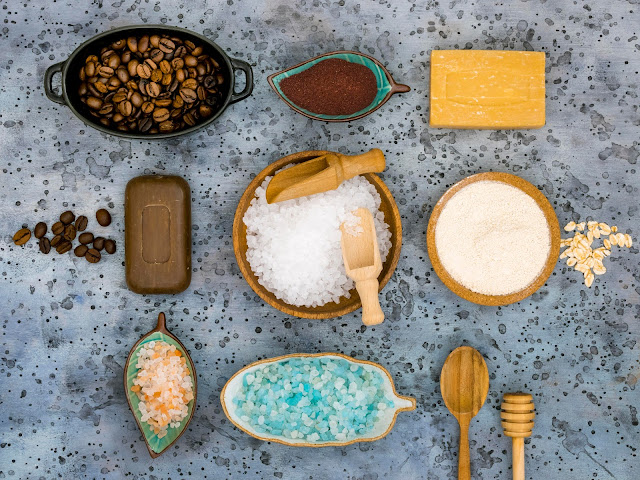

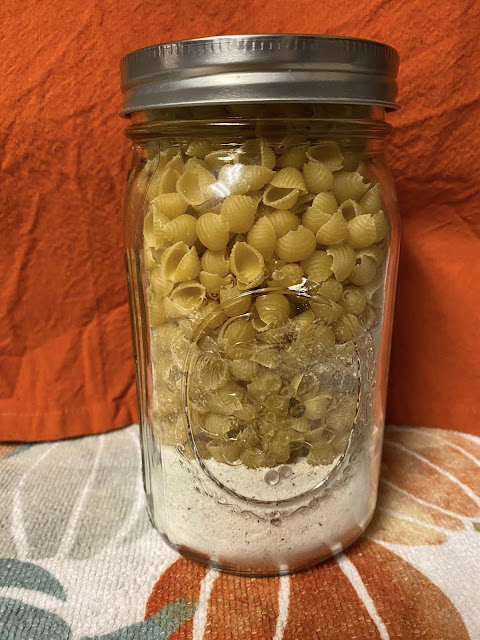




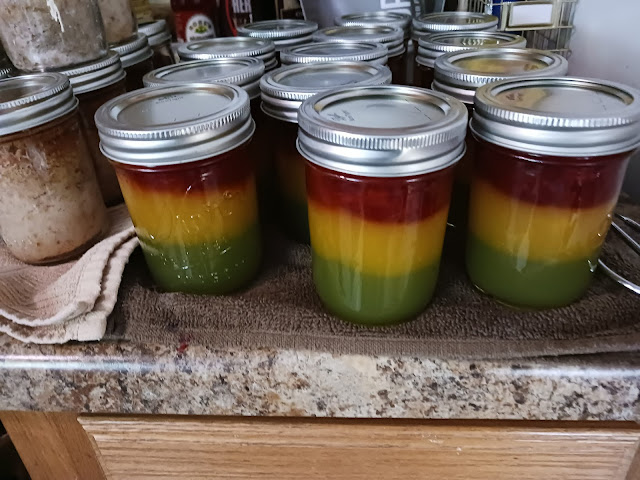

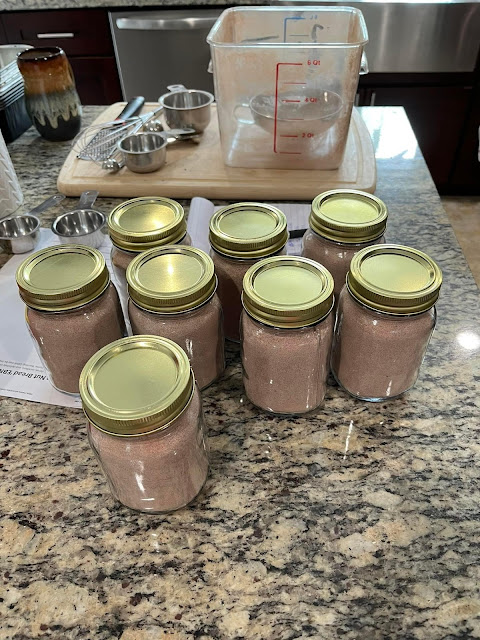
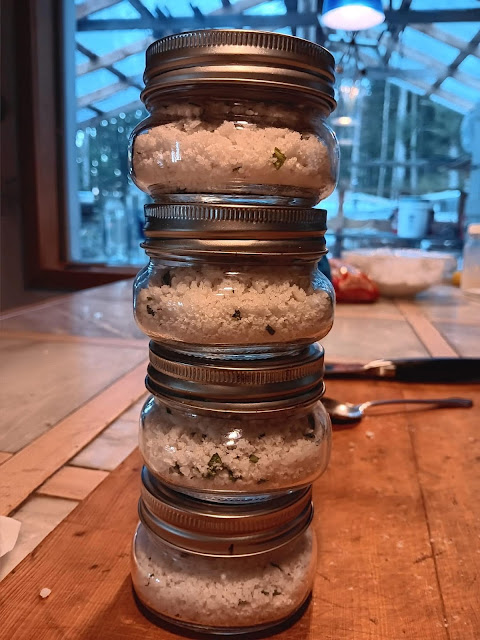
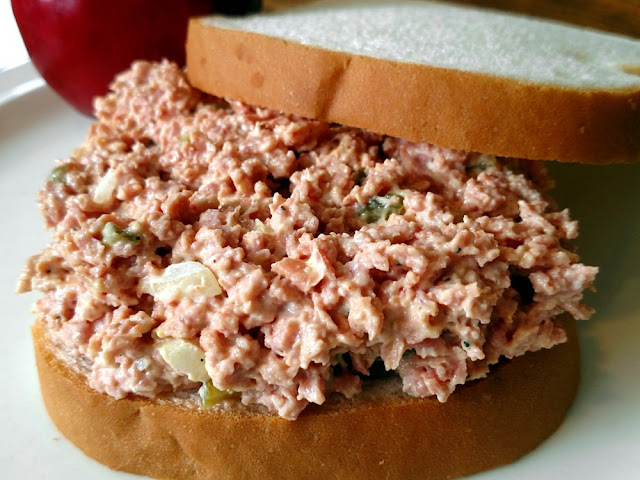



Comments
Brother I'm Totally with you.. All the food we buy is Poison.. I'm going back to old roots. Thanks :)
ReplyDelete